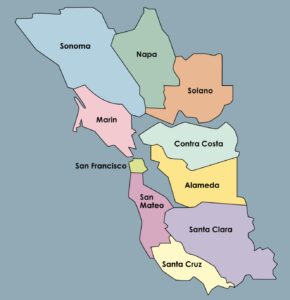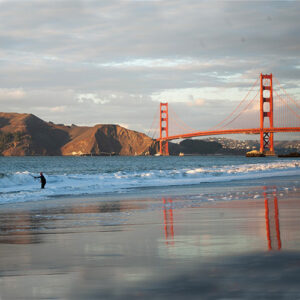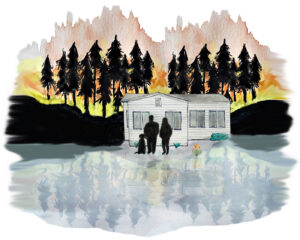Republication
We welcome republication of our reporting from outside media groups and sites, in particular other public-interest or Bay Area based outlets. Please adhere to the following guidelines when republishing our work.
General Guidelines for Republication
1. You must give us credit, ideally in this format: “By Sierra Garcia, KneeDeep Times.”
2. If you publish online, you must include the links from the story, and a link to kneedeeptimes.org.
3. It’s fine to change the story to suit your in-house style (for example, using “Burlingame, CA” instead of just “Burlingame.”)
4. If you make changes that are more significant than style tweaks — such as adding a comment from a local official — you need to include a note like this: “Additional reporting by Daisy Choi.”
5. You can publish our photos and graphics with the stories with which they originally appeared (be sure to include photo and artist credits). For any other uses, you must seek explicit written permission from us first.
6. When possible, include the following: The KneeDeep Times is a not-for-profit digital magazine reporting on climate resilience and adaptation, with a focus on the San Francisco Bay Area and surrounding regions.
7. If you share the story on Instagram, Twitter, Facebook, or LinkedIn, please mention or tag @KneeDeepTimes.
8. There is no charge for republication.
9. Don’t sell the story.
If you have a question about any republication guidelines, please ask news-team@kneedeeptimes.org before proceeding.
Additional Multimedia Guidelines
You can’t change video or audio packages in any way (included shortening) without receiving clear written approval from our editors. If you’ve been given approval to shorten our multimedia content, please provide a verbal or visual courtsey credit — verbal: i.e. “Original story/reporting from partners at the KneeDeep Times.” For visual credit, include in text ‘KneeDeep Times’ on-screen.
Original multimedia assets and files are available upon request from editor@kneedeeptimes.org.
Top photo: Oak acorns by Robin Meadows.
Other Recent Posts
Gleaning in the Giving Season
The practice of collecting food left behind in fields after the harvest is good for the environment and gives more people access to produce.
New Study Teases Out Seawall Impacts
New models suggest that sea walls and levees provide protection against flooding and rising seas with little effect on surrounding areas.
Oakland High Schoolers Sample Local Kayaking
The Oakland Goes Outdoors program gives low-income students a chance to kayak, hike, and camp.
Growing Better Tomatoes with Less Water
UC Santa Cruz researchers find the highly-desired ‘Early Girl’ variety yields more tomatoes under dry-farmed conditions.
Santa Clara Helps Homeless Out of Harm’s Way
A year after adopting a controversial camping ban, Valley Water is trying to move unsheltered people out of the cold and rain.
The Race Against Runoff
San Francisco redesigns drains, parks, permeable pavements and buildings to keep stormwater out of the Bay and build flood resilience.
Learning the Art of Burning to Prevent Wildfire
In Santa Rosa’s Pepperwood Preserve, volunteers are learning how controlled fires can clear out natural wildfire fuel before it can spark.
Martinez Residents Want More Than Apologies — They Want Protection
After a 2022 release of toxic dust and a February 2025 fire, people in the northeast Bay town are tired of waiting for safety improvements.
Weaving Fire Protection Out Of What’s Already There
A new Greenbelt Alliance report shows how existing vineyards, grasslands, and managed forests can slow wildfire and save vulnerable homes.
Fall Plantings Build Pollinator Habitats in Concord
Community groups, climate advocates and a church are coming together to plant pollinator gardens as monarchs, bees see population declines.






